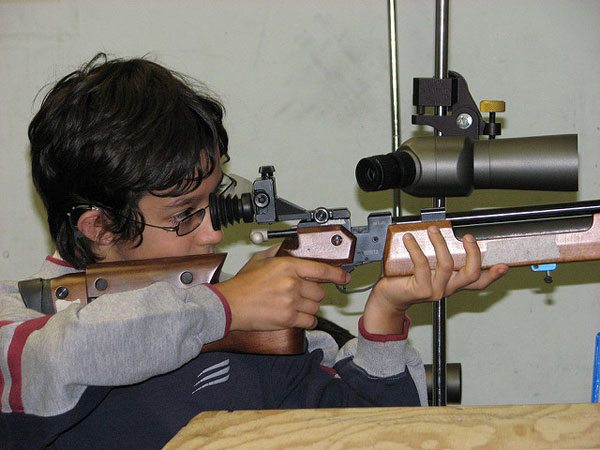
March 28, 2018; The Hill
Donors often appreciate acts of obvious integrity in their grantees, so it’s not uncommon to see donors making up money that a group has either rejected on principle or been denied because they refused to give up on a stance. But the situation was a bit different for the Stroudsburg High School rifle team in eastern Pennsylvania after the school board rejected a $5,000 grant from the National Rifle Association (NRA) earlier in the week, calling it “blood money.” In this case, the decision wasn’t welcomed by the team or by local businesspeople, but a dozen local businesspeople—some of whom are NRA members themselves—nonetheless raised enough money to more than replace the $5,000 which was turned away.
The grant to the rifle club was to be used to buy new guns for the team. It’s one of hundreds given to schools and youth-serving nonprofits, according to the Nation—a fact that came to light when Broward County in Florida declared it would no longer accept such grants from the NRA Foundation.
Between 2010 and 2016, Broward County received $126,000 from the NRA to support shooting training and education programs, including the JROTC marksmanship team of which the Marjory Stoneman Douglas high school shooter, Nikolas Cruz, was a member.
Sign up for our free newsletters
Subscribe to NPQ's newsletters to have our top stories delivered directly to your inbox.
By signing up, you agree to our privacy policy and terms of use, and to receive messages from NPQ and our partners.
The AP did an analysis of NRA Foundation’s public tax records and found that between 2010 and 2016 it gave $7.3 million to about 500 schools, $12.2 million to 4-H youth groups, and $4 million to Boy Scout groups. These child-centered grants increased almost fourfold between 2010 to 2014.
“What drives the NRA and the gun industry today is the fact that household gun ownership is in a steady decline,” says Josh Sugarmann, executive director of the Violence Policy Center, a gun control advocacy organization. Last year, American gun ownership declined to its lowest point in nearly 40 years—from half of American households in 1978 to about a third today. “The traditional gun buying public—white males—is aging,” Sugarmann explains. “To borrow a phrase from the tobacco industry, the NRA and gun manufacturing industry are trying to find ‘replacement shooters’ to take their place.”
—Ruth McCambridge













